
Rare image of Tatooine-like planet is closest to its twin stars yet
Rare image of Tatooine-like planet is closest to its twin stars yet
Northwestern University astronomers have directly imaged a Tatooine-like exoplanet, orbiting two suns
- Science

Northwestern University astronomers have directly imaged a Tatooine-like exoplanet, orbiting two suns

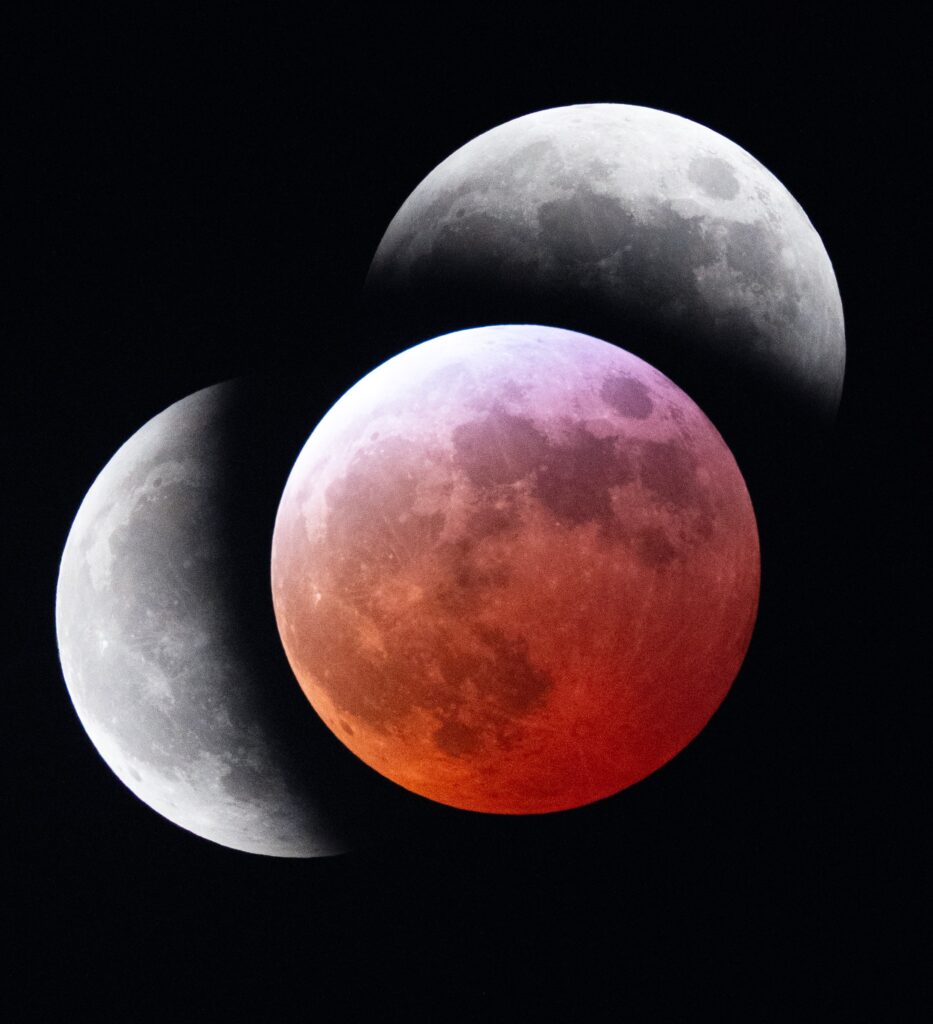
The blood moon was visible during a total lunar eclipse, when Earth cast its shadow over the moon. This photo was taken by CIERA graduate student Imran Sultan, amateur astrophotographer and member of Professor Claude-André Faucher-Giguère‘s research group. Sultan photographed the entire event, which lasted about four hours early Friday morning (12-4am), using a refractor
Imran Sultan/Northwestern/CIERA
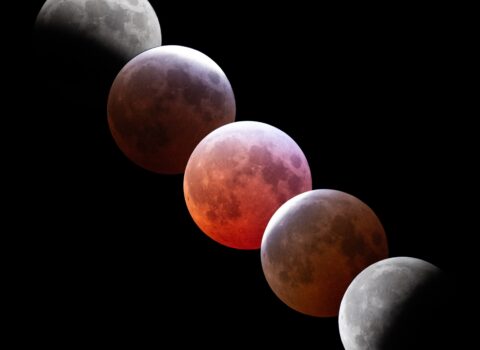

The blood moon was visible during a total lunar eclipse, when Earth cast its shadow over the moon. This photo was taken by CIERA graduate student Imran Sultan, amateur astrophotographer and member of Professor Claude-André Faucher-Giguère‘s research group. Sultan photographed the entire event, which lasted about four hours early Friday morning (12-4am), using a refractor
Imran Sultan/Northwestern/CIERA
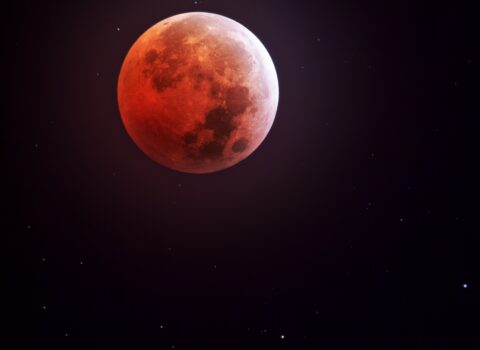
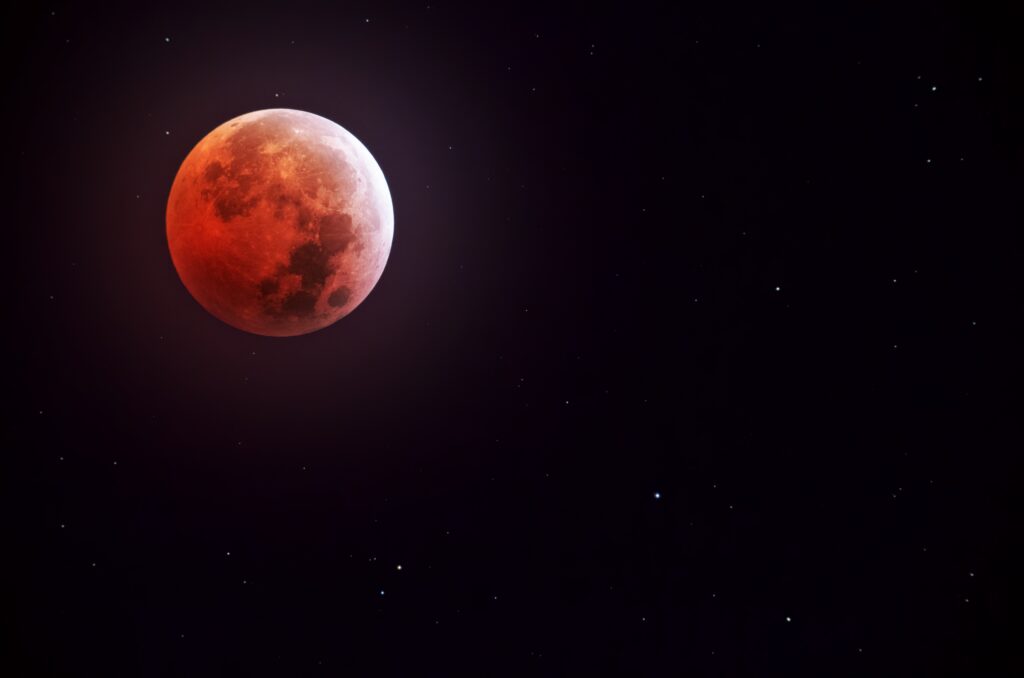
The blood moon was visible during a total lunar eclipse, when Earth cast its shadow over the moon. This photo was taken by CIERA graduate student Imran Sultan, amateur astrophotographer and member of Professor Claude-André Faucher-Giguère‘s research group. Sultan photographed the entire event, which lasted about four hours early Friday morning (12-4am), using a refractor
Imran Sultan/Northwestern/CIERA
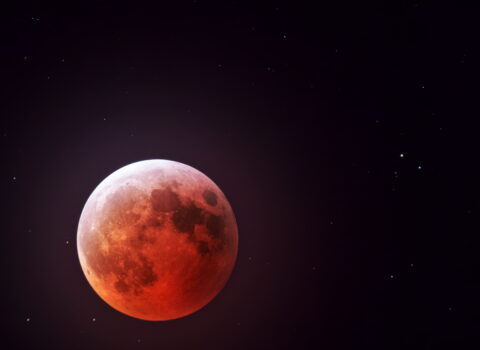
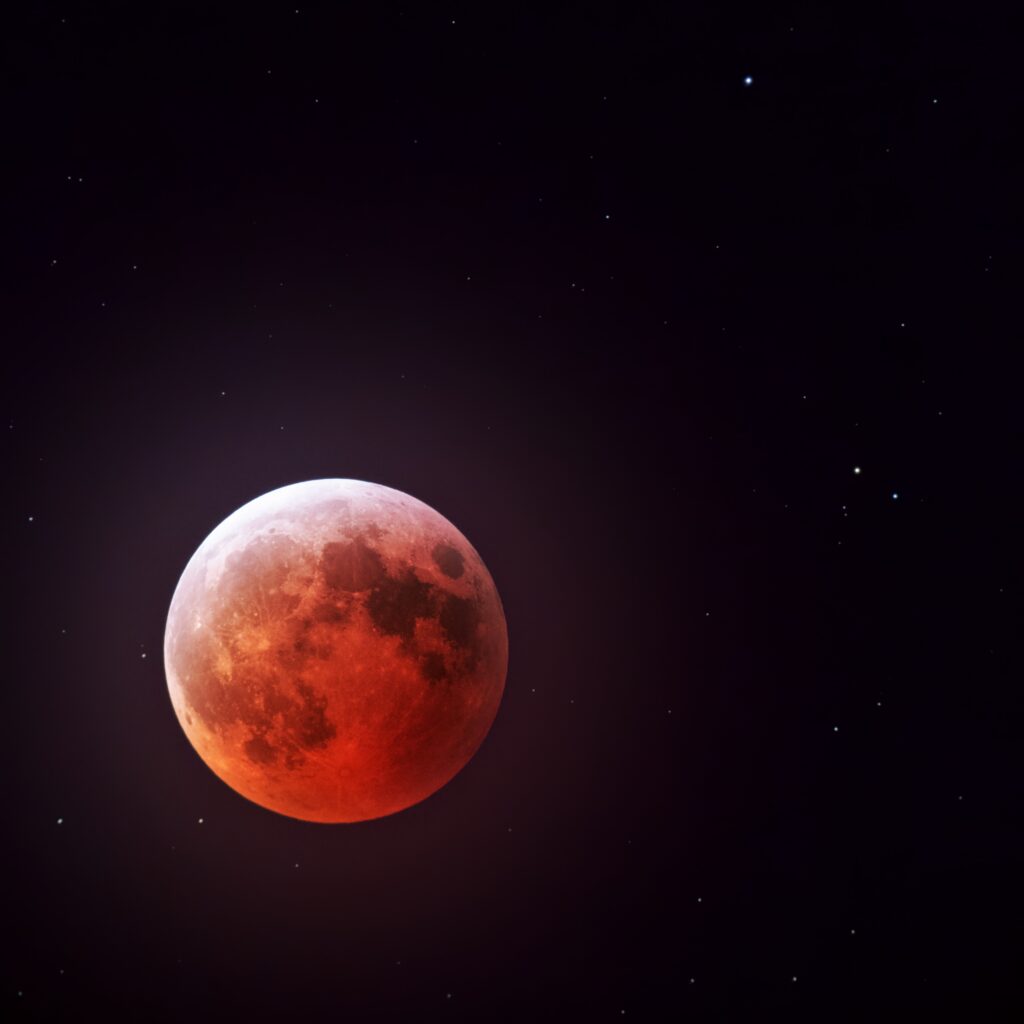
The blood moon was visible during a total lunar eclipse, when Earth cast its shadow over the moon. This photo was taken by CIERA graduate student Imran Sultan, amateur astrophotographer and member of Professor Claude-André Faucher-Giguère‘s research group. Sultan photographed the entire event, which lasted about four hours early Friday morning (12-4am), using a refractor
Imran Sultan/Northwestern/CIERA
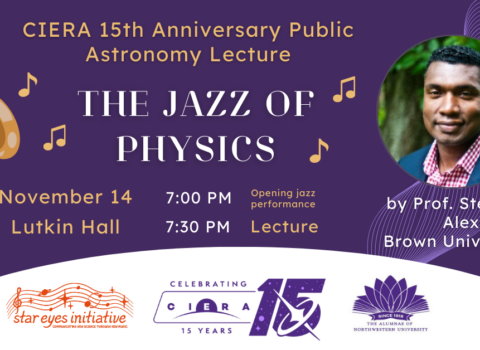
On November 14, over 300 people packed Northwestern University’s Lutkin Hall to join Professor Stephon Alexander in a celebration of The Jazz of Physics for CIERA’s 15th anniversary public lecture. Over 100 others joined the livestream for an evening that began with a live jazz performance from the Star Eyes Initiative, followed by Prof. Alexander’s public lecture, and concluded with a
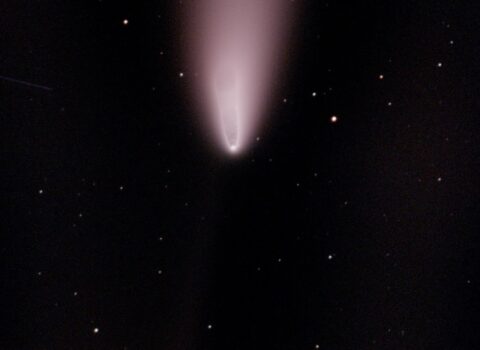
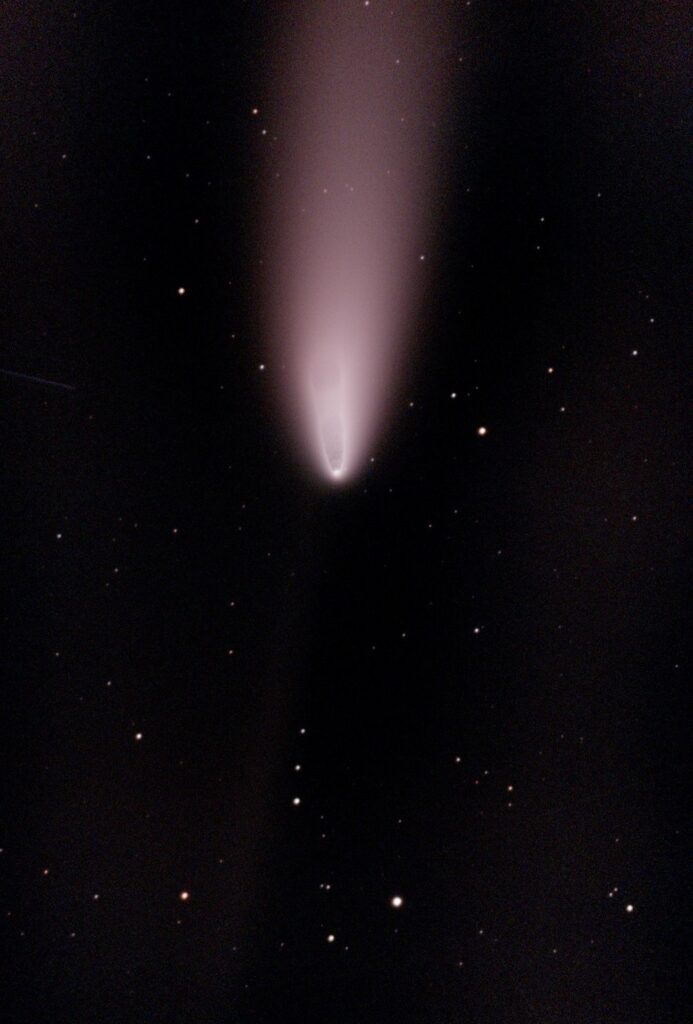
Just days after comet Tsuchinshan-Atlas (C/2023 A3) peaked at a brilliant +2 magnitude on October 12, 2024, the Lake Forest College Astronomy Club hosted a campus-wide viewing event led by senior Dean Kousiounelos in collaboration with the Physics department. During this time, the comet’s tail was visible with a good pair of binoculars, drawing in
Dean Kousiounelos

Northwestern CIERA Postdoc Dino Hsu presents a talk as part of the Northwestern Research Communication Training Program (RCTP). The goals of the program are to increase awareness for the urgent need for excellent research communicators and to coach graduate and post doctoral researchers to improve their own presentation skills. The program focuses on three important
Northwestern's RCTP Program


On May 22, 2024 an international team of researchers, including CIERA Professor Daniel Lecoanet, published a paper in Nature that brings scientists closer than ever before to solving a 400-year-old solar mystery that stumped even famed astronomer Galileo Galilei. Since first observing the sun’s magnetic activity, astronomers have struggled to pinpoint where the process originates.
NASA/SDO/AIA/LMSAL
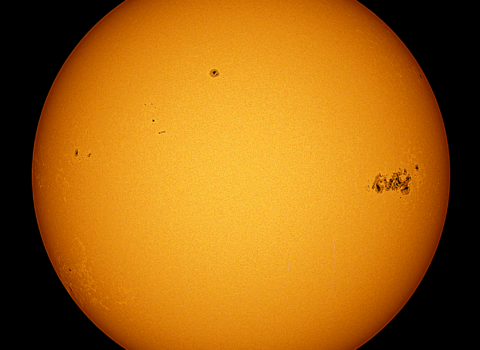
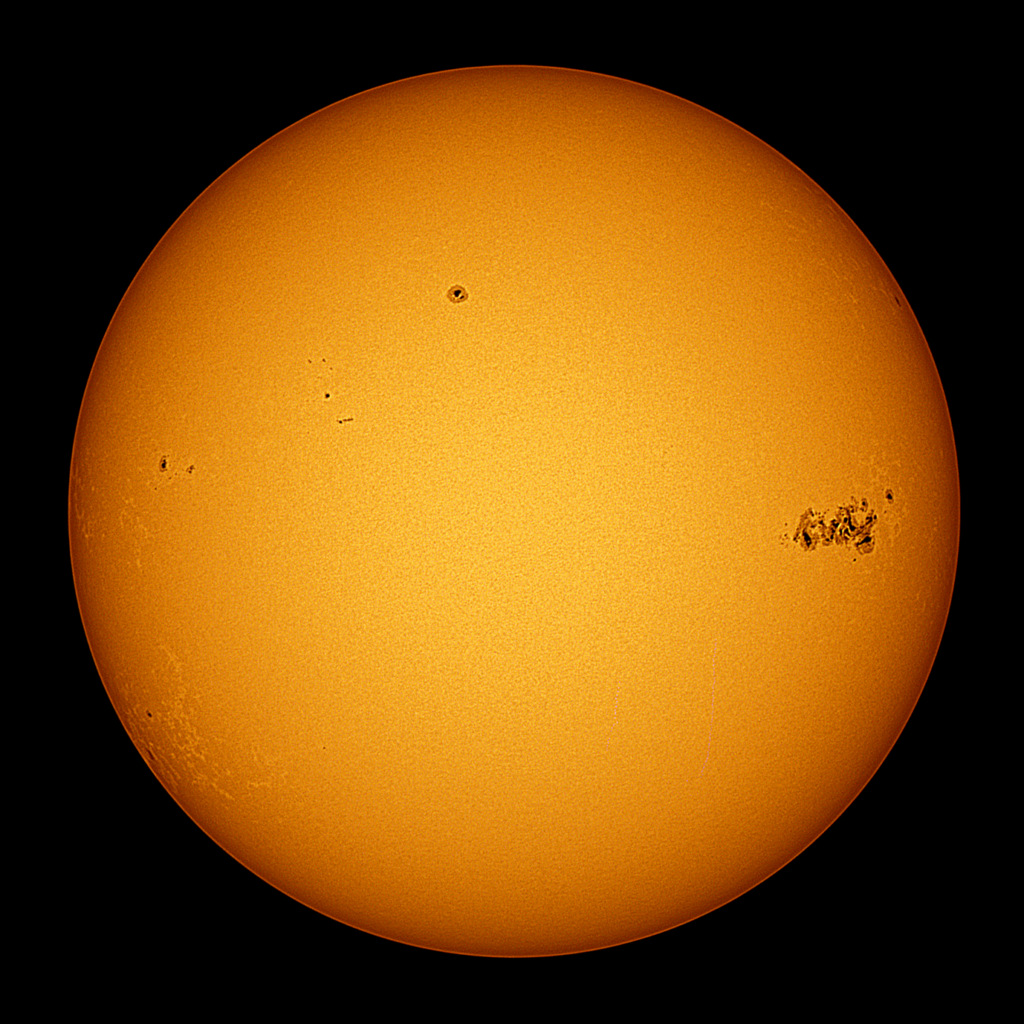
Between May 10 – 14, 2024 a series of powerful solar storms led to the production of visible aurorae far further towards the equator than normal. This photo was taken by CIERA graduate student Imran Sultan, amateur astrophotographer and member of Professor Claude-André Faucher-Giguère‘s research group. Sultan took this photo on May 10 in Evanston.
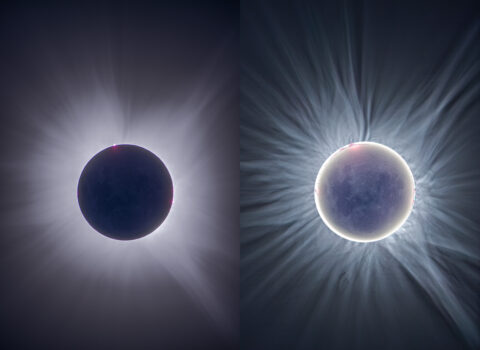
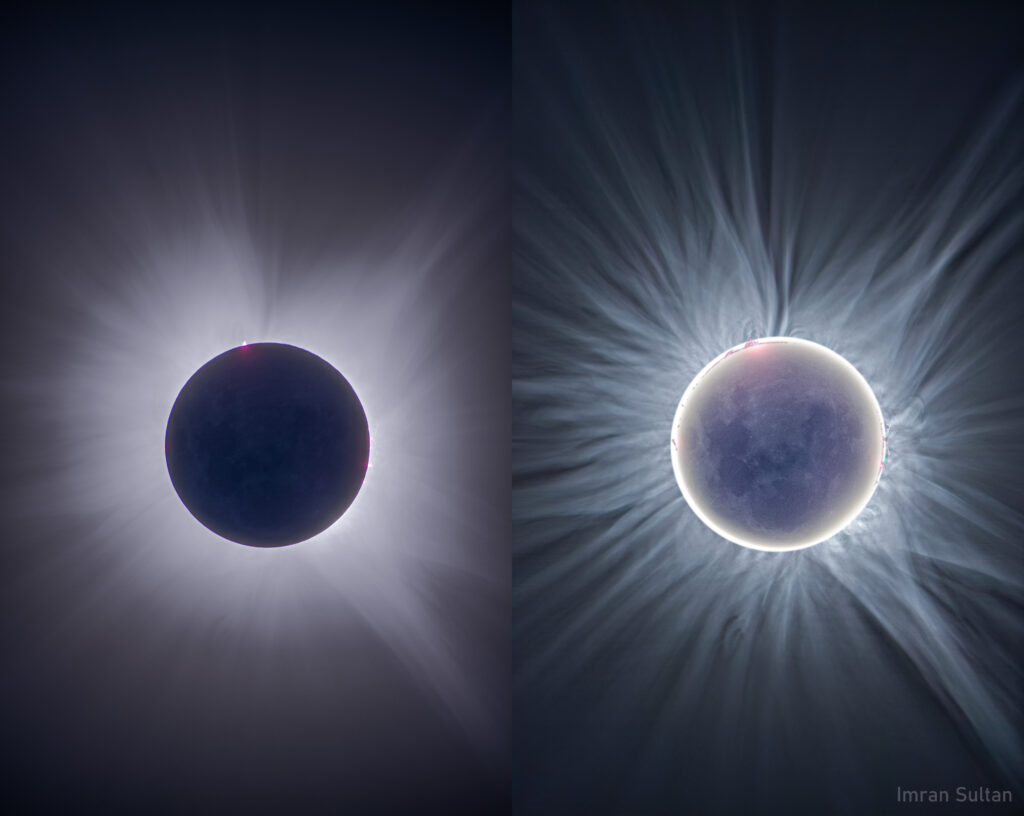
Many CIERA members travelled to the April 8th solar eclipse’s path of totality, including graduate student Imran Sultan. This photo was taken from Millinocket, Maine, the last part of the US on the path of totality. Totality is the only time we can see the sun’s corona with our eyes, when the moon has fully eclipsed the
Imran Sultan/Northwestern/CIERA


Many CIERA members travelled to the April 8th solar eclipse’s path of totality, including graduate student Imran Sultan. This photo was taken from Millinocket, Maine, the last part of the US on the path of totality. Moments before totality, we can see Baily’s Beads, which is sunlight going through the mountains, craters, and valleys on the moon.
Imran Sultan/Northwestern/CIERA
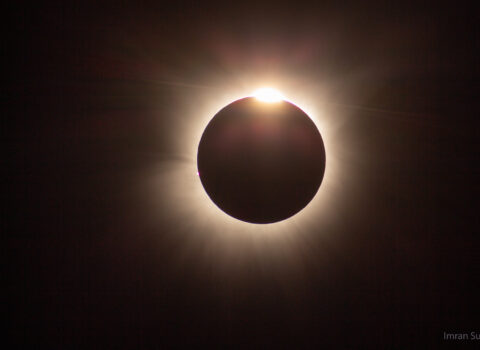

Many CIERA members travelled to the April 8th solar eclipse’s path of totality, including graduate student Imran Sultan. This photo was taken from Millinocket, Maine, the last part of the US on the path of totality. The phenomenon pictured here is called the “Diamond Ring” and it occurs seconds before totality, just as the moon is
Imran Sultan/Northwestern/CIERA


This composite image depicts photographer and CIERA graduate student Imran Sultan’s progress shooting the Solar System over 2022-2023. Sultan captured the Sun, Venus, Mars, Jupiter, Saturn, and the Moon. Each object in the photo is not to scale (in terms of the angular size of the objects in our sky), since different equipment and processing
Imran Sultan/Northwestern/CIERA
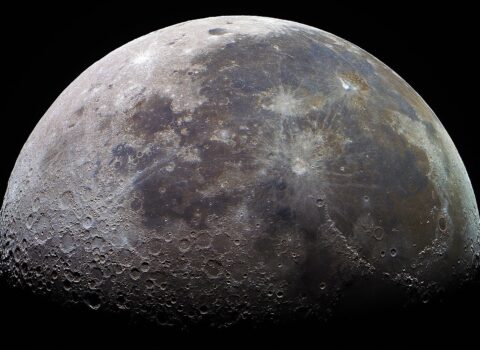
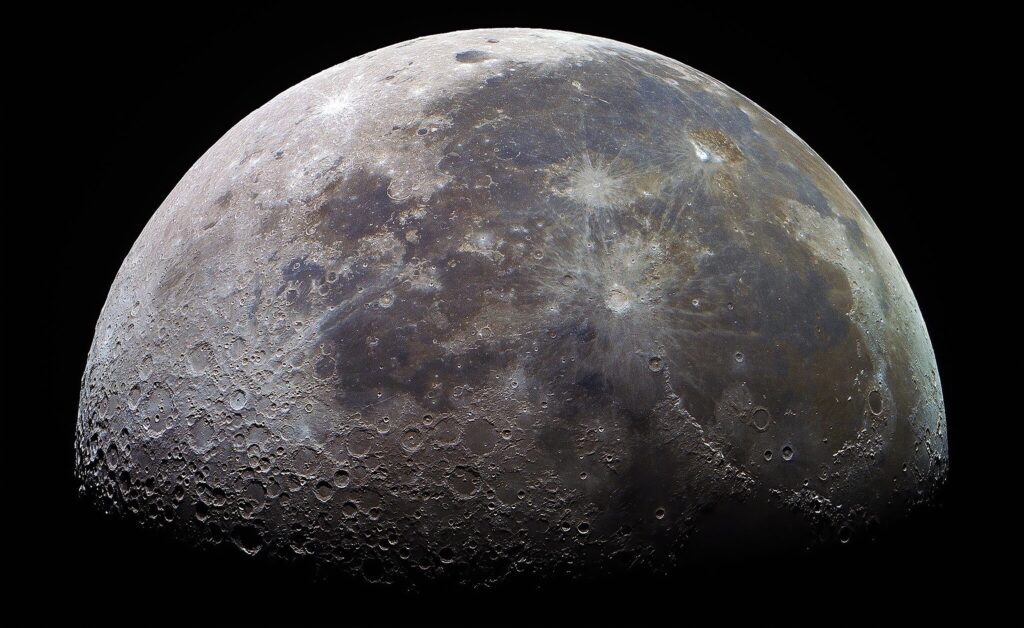
Interestingly, our moon has its own rich colors due to the variety of minerals which compose it– these colors are invisible to the human eye but were all captured by photographer and CIERA graduate student Imran Sultan‘s camera. To improve the color signal Sultan “stacked” or combined over 100 photos, and made saturation adjustments to increase
Imran Sultan/Northwestern/CIERA

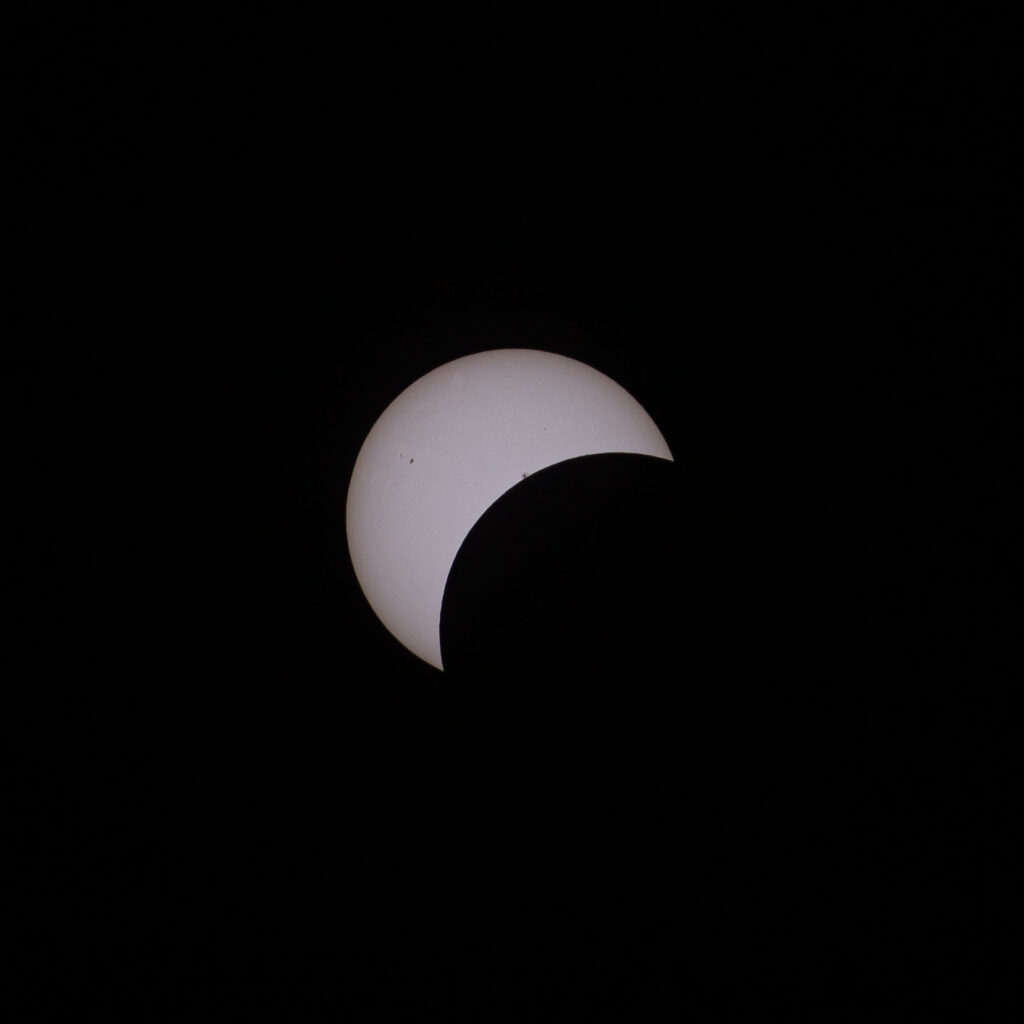
The April 8, 2024 solar eclipse, photographed by CIERA Postdoctoral Associate Meng Sun. This image of the partial eclipse before totality was captured in New Castle, Indiana, USA. Sun spots can be seen just above the moon and on the upper left of the sun. New Castle was located close to the center of eclipse’s
Meng Sun/CIERA/Northwestern
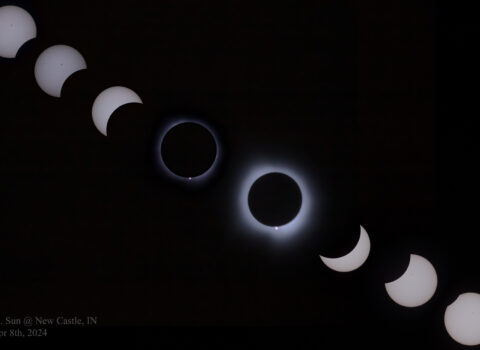
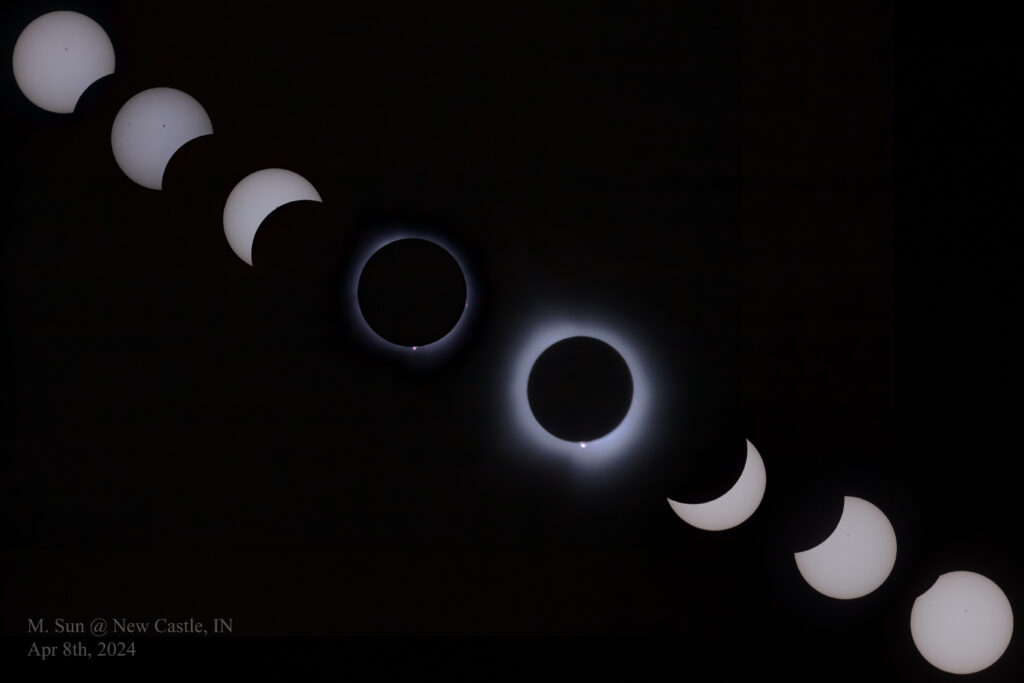
The April 8, 2024 total solar eclipse, photographed by CIERA Postdoctoral Associate Meng Sun. This composite image of all phases of the eclipse was captured in New Castle, Indiana, USA. New Castle was located close to the center of eclipse’s path of totality, meaning that totality lasted longer than at the edges of the path
Meng Sun/CIERA/Northwestern

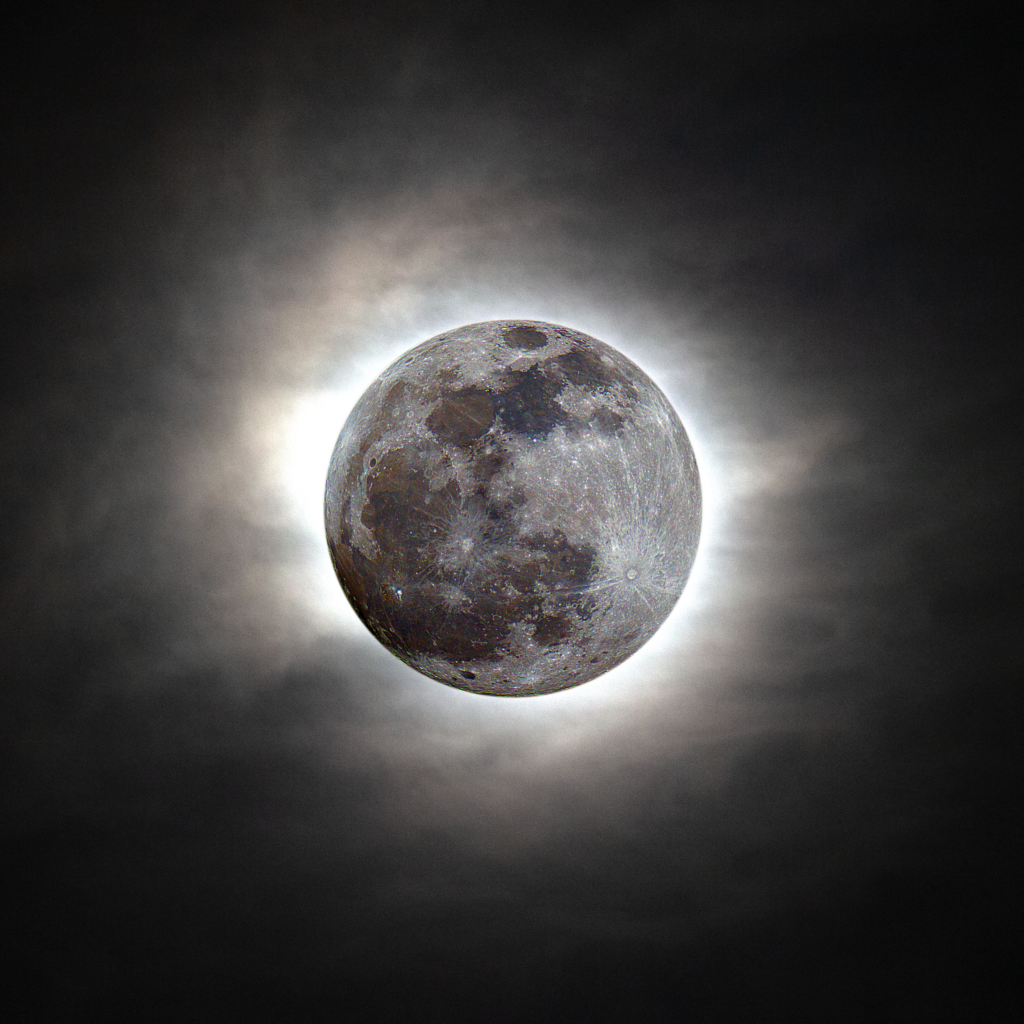
The May 2023 full moon, photographed by graduate student and CIERA member Imran Sultan. This image won runner-up in the 2023 Royal Society Publishing Photography Competition’s astronomy category. “The May full moon is known as the Flower Moon, a name originating from the Algonquin peoples that marks the blooming of flowers during spring. This year’s
Imran Sultan/Northwestern